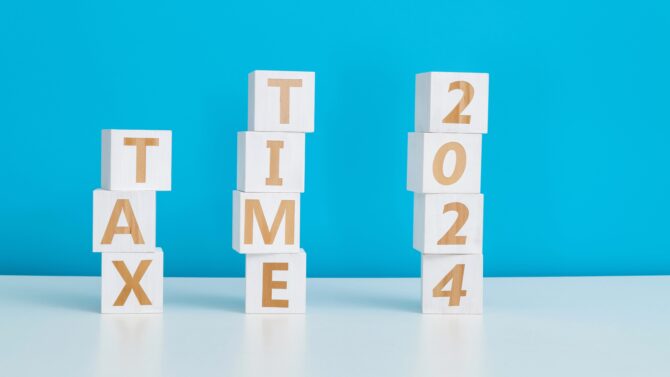My husband and I recently celebrated our 7th wedding anniversary. As is our custom tradition, we revisited old wedding photos and reflected on that time and how much our lives have changed since then. 2012 was a momentous year for us personally and financially. In the months leading up to our wedding date, we closed on our first house. As daunting as it was to sign on the dotted line of our home loan, it felt like we were investing in our future as “The McElwraths.” This was a moment in which it really hit home that while debt can be complicated — it’s not all bad. There’s a definite line between good vs bad debt, and certain types of debt, such as a mortgage, can even provide opportunities to improve your financial future.
Since 2012, I’ve had the opportunity to have many conversations with clients, 401k plan participants, family, friends, and colleagues about debt — the good, the bad, and the ugly. It’s important to be able to understand the differences to make smart decisions about if, when, and how much to borrow.
One way to learn what debt is smart to take on, in the long run, is by analyzing good vs bad debt examples. Read on to learn how to tell the difference between good vs bad debt!
It’s Not All Bad
In general, good debt is often an investment in your future or something that will provide value to you down the road, such as a home or student loan. Ideally, it should be at a reasonable interest rate and have potential tax advantages.
- With mortgages, you’re borrowing to own a potentially appreciating asset, and it may be tax-deductible. For example, if you file jointly with your spouse, you can deduct the interest on mortgage debt of up to $750,000 on your primary and/or secondary residence.
- With student loans, rates are comparatively low, and interest can be tax-deductible, depending on your income. Benefits include enhanced career opportunities, which will increase your earning potential in the long run. Still, it’s a good idea to conduct a cost-benefit analysis by taking into consideration your desired degree/major, if you’ll attend a public or private university and your income earnings potential post-college.
It’s important to note that “good vs bad debt” must be considered carefully and in context. If the 2008-2009 Financial Crisis taught us anything, it’s that too much “good debt”, such as home debt and student loans, can still be ruinous to your finances. Make sure you are not over-extending yourself. As a general rule of thumb, house debt payments should not exceed 28% of your pre-tax income, and all debt payments should not exceed 36% of your pre-tax income.
Debt that Can Work Against You
If you find that you’re using credit to provide instant gratification and to purchase items that offer little or no long-term value or financial return, consider it a red flag. When it comes to good vs bad debt, generally speaking, you should avoid debt that is high cost and isn’t tax-deductible, such as credit cards and some auto loans.
- Credit cards are usually necessary and helpful as long as you pay them off every month and aren’t accruing interest. However, if you keep a balance, the high-interest rates will prove to be very costly over time.
- If you purchase a new car, you’re borrowing on something that immediately loses value as soon as you drive it off the lot. A used car is usually more cost-effective but still loses value over time. Do your research to make sure you’re getting the best APR (annual percentage rate) possible and choose a vehicle you can truly afford.
Save for Retirement, or Pay Down Student Loans?
Millennials often struggle with the choice of saving for retirement or paying off student loans. It doesn’t necessarily need to be one or the other. If you’re feeling overwhelmed by your student loans when considering all these good vs bad debt examples, you should keep in mind that most student loan debt will pay off in the long run if you work at your career and pay your debts off right.
Outline a plan to make it manageable:
- First, make the minimum loan payments.
- Next, if there’s money left over, take advantage of your company’s 401k match.
- No workplace retirement plan? Consider opening up a Roth or traditional IRA account.
- Put any additional funds against your highest-interest-rate loan.
Set up an Emergency Plan
To avoid having to tap into debt during a jam, make sure you have a safety net. It’s wise to maintain a liquid emergency reserve of at least 3-6 months’ worth of expenses so that you don’t have to turn to credit when the unexpected occurs.
We hope you’ve gained some interesting insights with our good vs bad debt examples. For more personalized good vs bad debt advice and financial assistance, contact the experienced professionals at ML&R Wealth Management for a consultation.
For more informative articles on important investment topics, subscribe to our monthly Wealth Management newsletter here.



